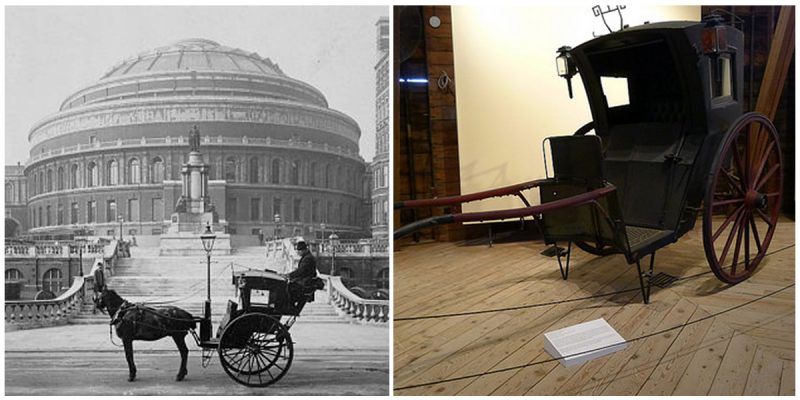The Hansom was designed by Joseph Aloysius Hansom in 1834. Mr. Hansom was an Architect and had won the competition to build Birmingham Town Hall but due to the contractor filing for Bankruptcy, Hansom was left with large debts. In order to allay his financial position, he invented ‘The Patent Safety Cab’ which at first had the driver sitting on the roof, however, later modifications put the driver at the rear of the vehicle.
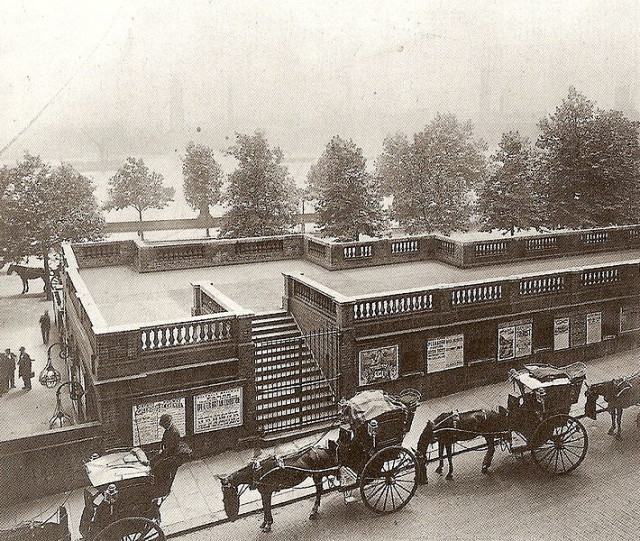
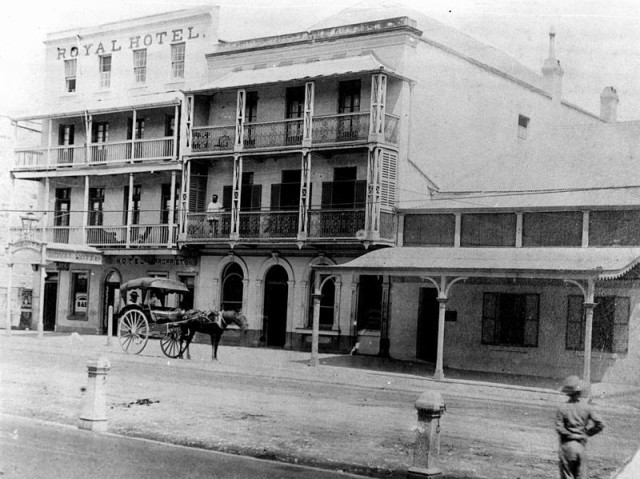
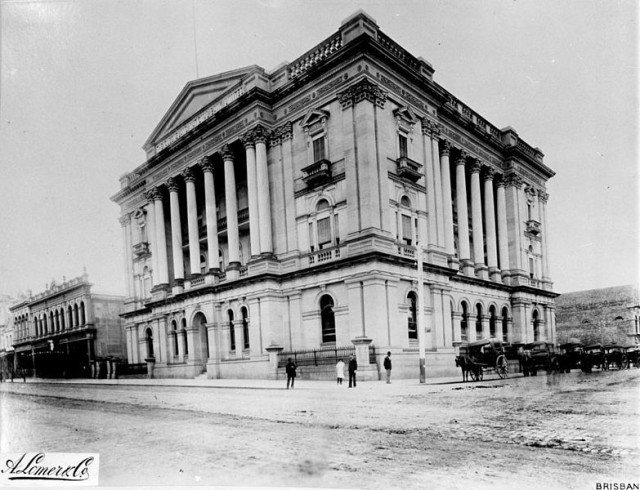
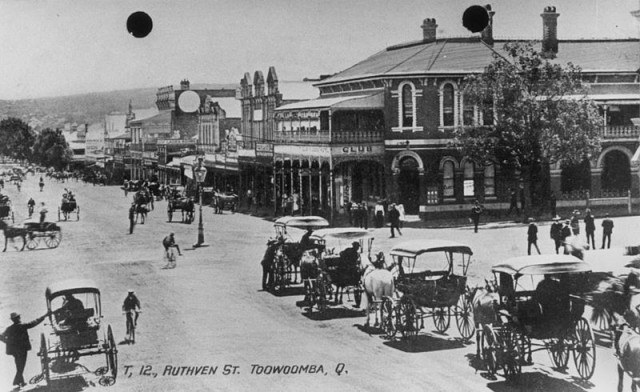
Originally called the Hansom safety cab, it is a kind of horse-drawn carriage and it was designed to combine speed with safety, with a low centre of gravity for safe cornering. Hansom’s original design was modified by John Chapman and several others to improve its practicability but retained Hansom’s name.
The cab had no axle, the wheels were fixed to spindles, which were attached to the suspension, and this enabled the cab to be very fast and manoeuvrable. Further refinements were made over the decades which followed including a driver operated lever to open the doors. One of the main manufacturers of the Hansom cab was a firm called Forder who were based in Hinckley, Leicestershire where Triumph motorcycles are made today.
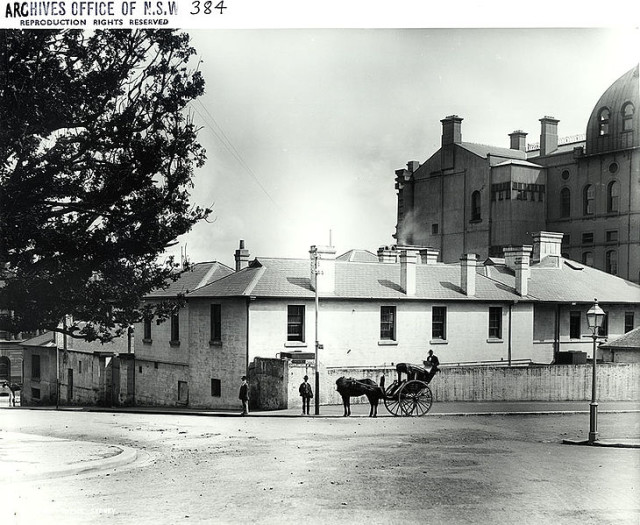
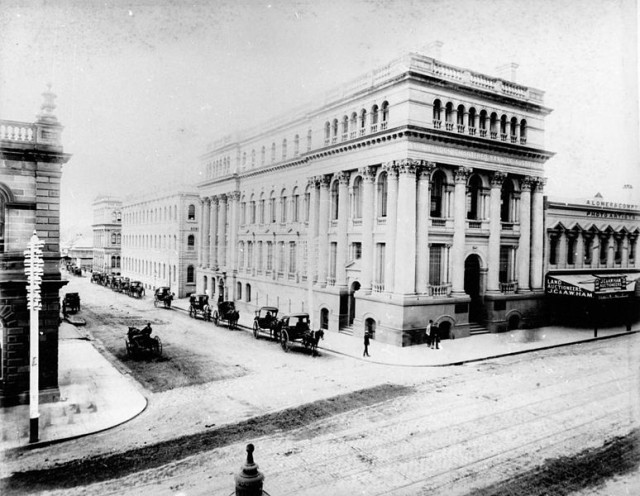
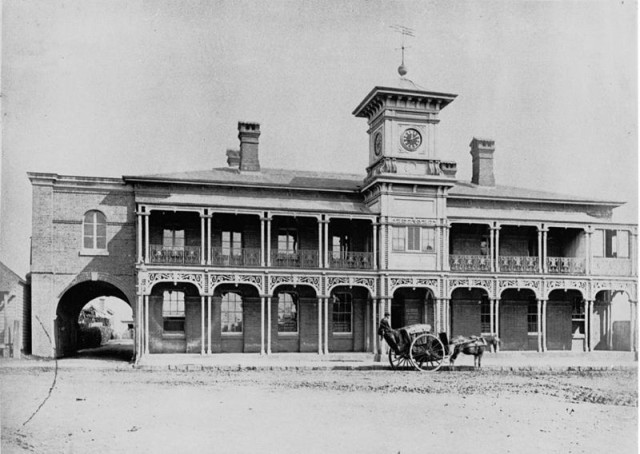
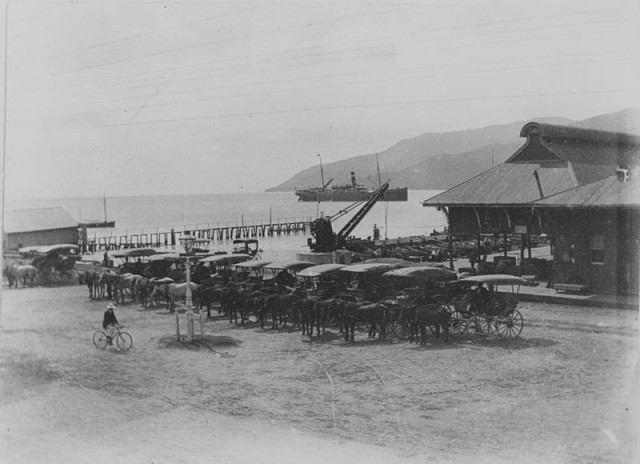
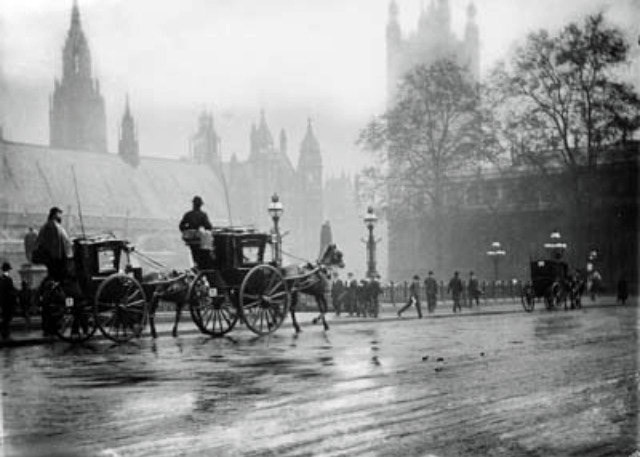
Hansom cabs enjoyed immense popularity as they were fast, light enough to be pulled by a single horse (making the journey cheaper than travelling in a larger four-wheel coach) and were agile enough to steer around horse-drawn vehicles in the notorious traffic jams of nineteenth-century London. There were up to 7500 hansom cabs in use at the height of their popularity and they quickly spread to other cities (such as Dublin) in the United Kingdom, as well as continental European cities, particularly Paris, Berlin, and St Petersburg. The cab was introduced to other British Empire cities and to the United States during the late 19th century, being most commonly used in New York.
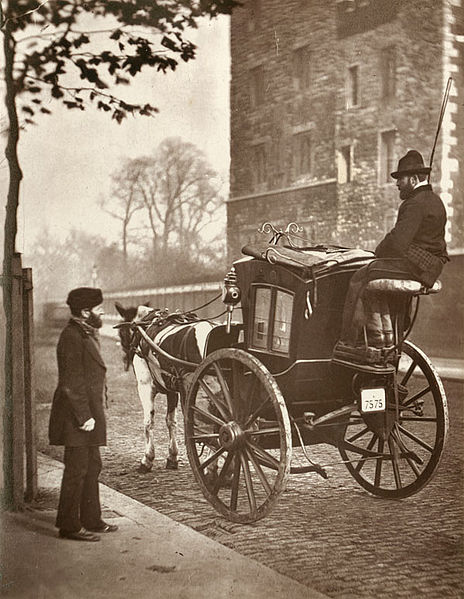
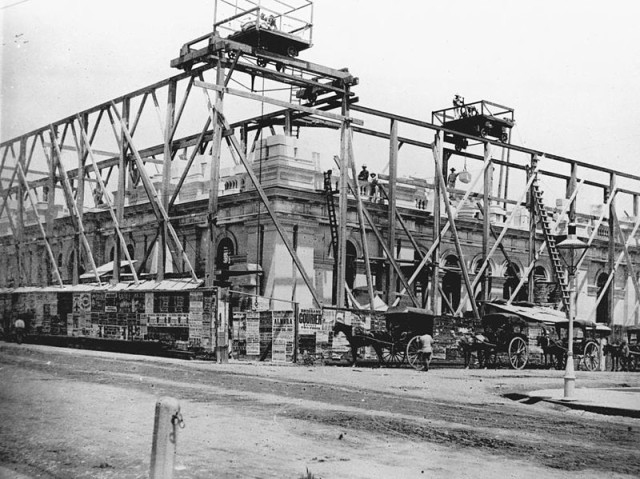
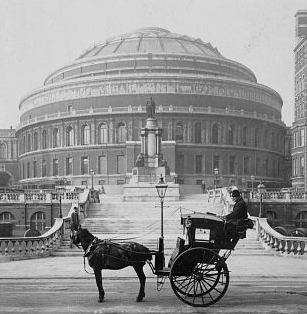
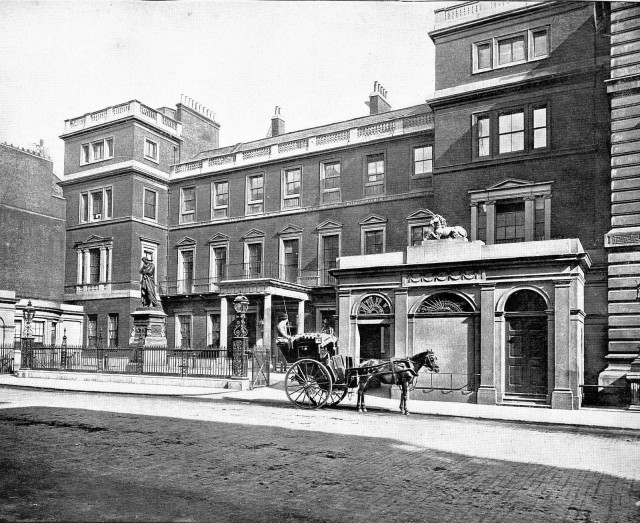
The cab, a type of fly, sat two passengers (three if squeezed in) and a driver who sat on a sprung seat behind the vehicle. The passengers were able to give their instructions to the driver through a trap door near the rear of the roof. They could also pay the driver through this hatch and he would then operate a lever to release the doors so they could alight. In some cabs, the driver could also operate a device that balanced the cab and reduced strain on the horse. The passengers were protected from the elements by the cab itself, as well as by folding wooden doors that enclosed their feet and legs, protecting their clothes from splashing mud. Later versions also had an up-and-over glass window above the doors to complete the enclosure of the passengers. Additionally, a curved fender mounted forward of the doors protected passengers from the stones thrown up by the flying hooves of the horse.
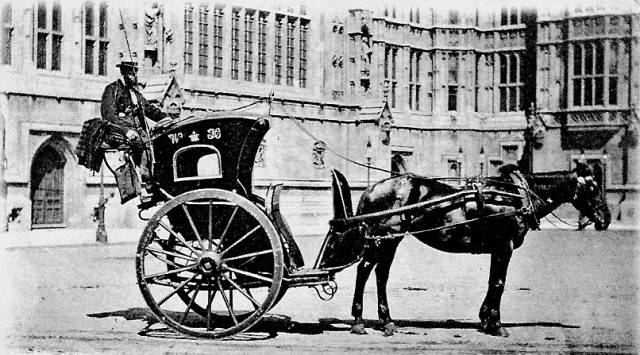
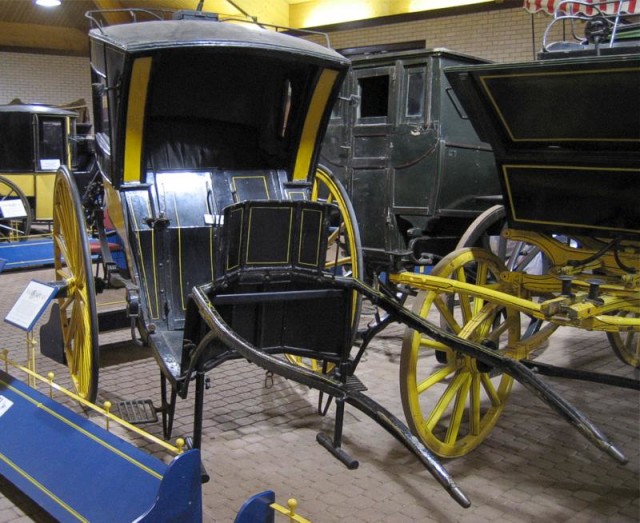
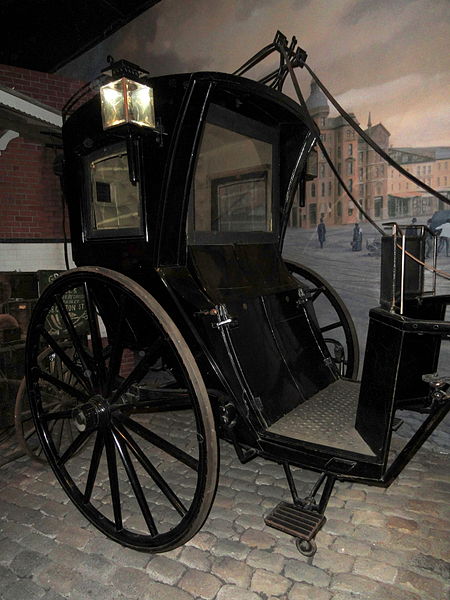
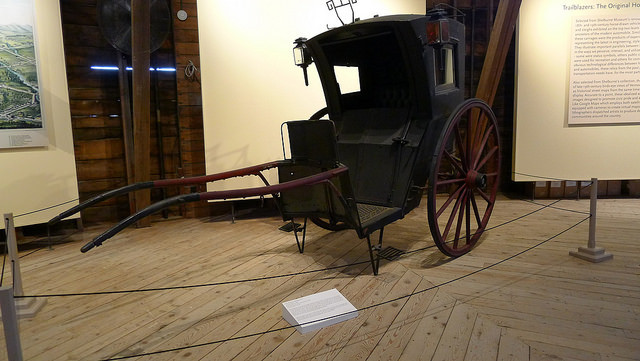
The cabs were widely used in the United Kingdom until 1908 when Taximeter Cars (petrol cabs) started to be introduced and were rapidly accepted; by the early 1920s, horse-drawn cabs had largely been superseded by motor vehicles. The last licence for a horse-drawn cab in London was relinquished in 1947.
In the height of popularity there were around 7,500 Hansom Cabs in circulation. The number of Hansom Cabs grew once it was introduced across the other cities in the British Empire and the United States during the late 19th Century.
